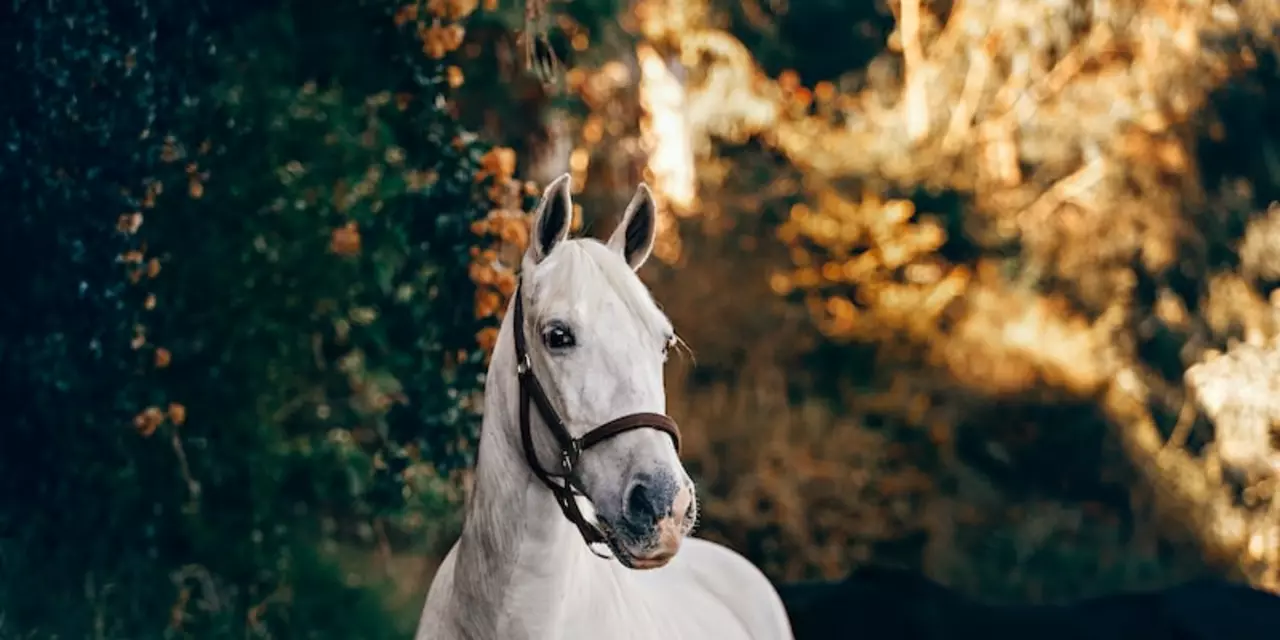Horse Breeds: Find the Right Horse for Riding, Work, or Fun
Ever wondered which horse breed fits your riding style or farm work? You’re not alone. With dozens of breeds out there, the choices can feel overwhelming. This guide breaks down the most common breeds, highlights their strengths, and gives you clear pointers on what to look for when you start your search.
Riding Breeds You Can Trust
If you want a horse for trail rides, competitions, or everyday lessons, look for breeds known for agility, temperament, and stamina. Arabians, for instance, are light‑footed and full of energy, making them great for endurance riding. Quarter Horses excel in sprinting and western disciplines, while Thoroughbreds bring speed to the racetrack and an athletic build for jumping.
When you match a breed to your goals, consider the horse’s size, gait, and personality. A calm, even‑tempered horse is easier for beginners, while more spirited horses can challenge experienced riders who want to sharpen their skills.
Draft and Heavy‑Work Breeds
Not every horse is built for speed. Draft breeds like the Clydesdale, Percheron, and Belgian are the powerhouses of the equine world. They were originally bred for pulling heavy loads, farm work, and even logging. Their massive frames and strong muscles let them carry heavier riders and tackle tough terrain.
Take the Clydesdale, for example. Though famous for pulling wagons, they can be trained for light riding. Their gentle nature and sturdy build make them a surprising choice for riders who need a larger mount. Proper conditioning and patient training are key to turning a draft horse into a safe rider.
Choosing a draft horse for riding means looking for a calm demeanor, good foot health, and a willingness to learn. Regular exercise and a balanced diet keep them fit without making them too bulky for a saddle.
Beyond the well‑known breeds, there are many hybrid and lesser‑known horses that blend the best of both worlds. Warmbloods, like the Dutch Warmblood or Hanoverian, combine the elegance of sport breeds with the strength of heavier horses, making them popular in dressage and show jumping.
Before you decide, spend time with the horse you’re interested in. Watch how it moves, listen to its sounds, and feel how it reacts to basic cues. A short test ride can reveal a lot about comfort and compatibility.
Remember, the right breed isn’t the only factor; the individual horse’s training, health, and personality matter just as much. A well‑trained pony can outshine a poorly trained thoroughbred, and a healthy horse will last longer in the saddle.
Ready to start your search? Head to local barns, talk to trainers, and ask about the horse’s background. The more you know, the easier it is to find a breed and an individual that fits your riding dreams.

Clydesdale horses are a breed of draft horse known for their large size, strength and gentle character. They originated in Scotland in the 19th century and have since been used for a variety of purposes, including agricultural and industrial work, show-jumping and even light riding. While they are not traditionally considered a riding horse, Clydesdales can be trained to be ridden, provided they have sufficient training and conditioning. Furthermore, their size and weight make them well-suited to carrying heavier riders, making them an excellent choice for riders who need a larger mount.
Read more
